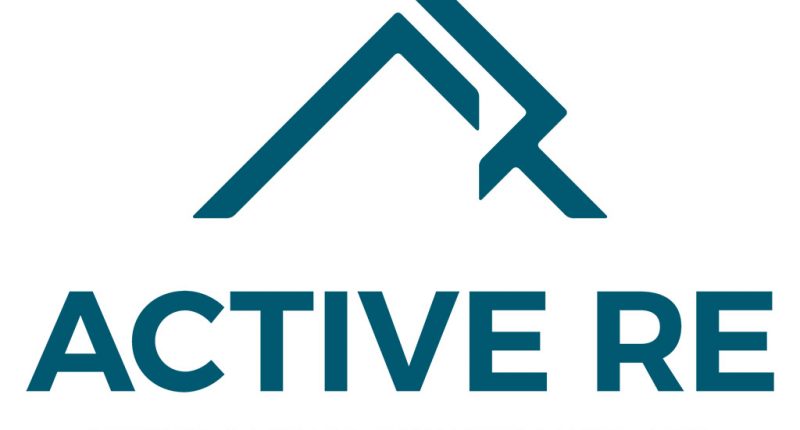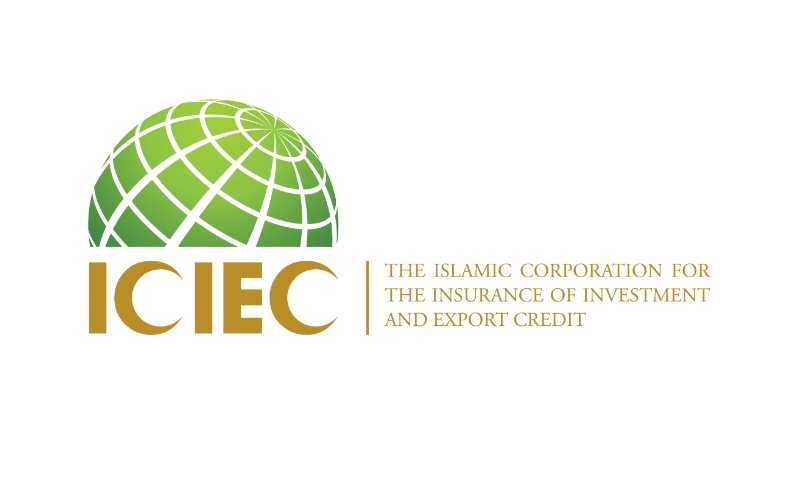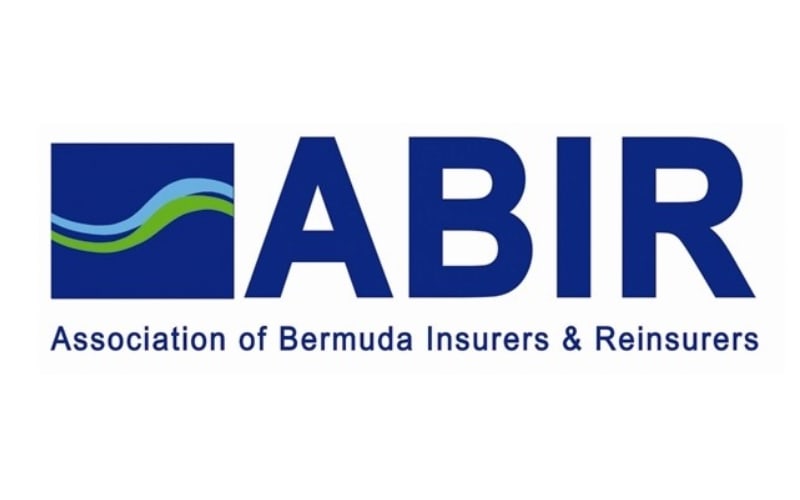[ad_1]
According to Active Re’s 2024 Annual Report, the global reinsurer is transforming its retrocession approach, moving from a transactional model to a more strategic, integrated framework.
 This change is designed to improve capital efficiency, optimise cash flow, and strengthen alignment between in-house underwriting and its network of Managing General Agents (MGAs).
This change is designed to improve capital efficiency, optimise cash flow, and strengthen alignment between in-house underwriting and its network of Managing General Agents (MGAs).
“Active Re views its new retrocession framework not only as a shield, but also as a platform for sustainable growth, ensuring resilience and positioning the Company to navigate an evolving risk landscape with confidence,” the company notes in its report, highlighting the forward-looking nature of the initiative.
The report highlights that this strategic shift will deliver measurable benefits within the next 18 months, including stronger portfolio visibility and deeper partnerships with retrocessionaires and producing brokers.
Active Re further emphasises that “the Company’s buying philosophy is transitioning its retrocession philosophy from a transactional to a more strategic model, aligning retrocession placements with both in-house underwriting teams and MGA partnerships.”
By implementing this structured retrocession framework, Active Re aims to improve its risk management processes, maintain underwriting discipline, and promote steady growth.
Active Re’s updated retrocession strategy, as outlined in the 2024 Annual Report, reflects its focus on strengthening operations and financial stability. It highlights the company’s ongoing efforts to balance risk management with profitability in the global reinsurance market.
In 2024, Active Re has saw its net reinsurance premiums increase by 16%, as financial income more than doubled the five-year average.
Earlier this year, we spoke with Active Re’s Chief Operating Officer, Robert Ali, about reinsurance market conditions ahead of the key January renewals.
[ad_2]
Source link




